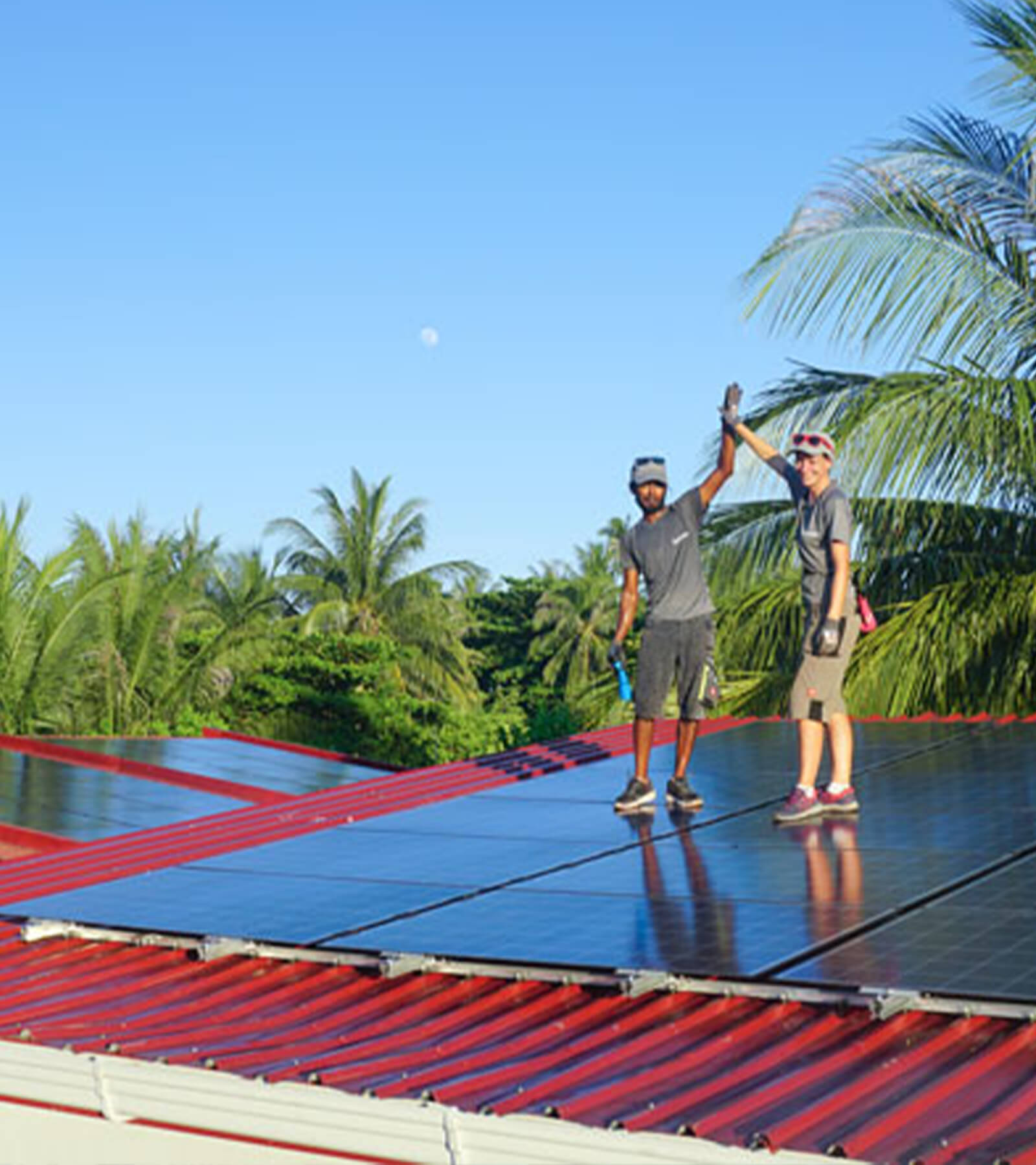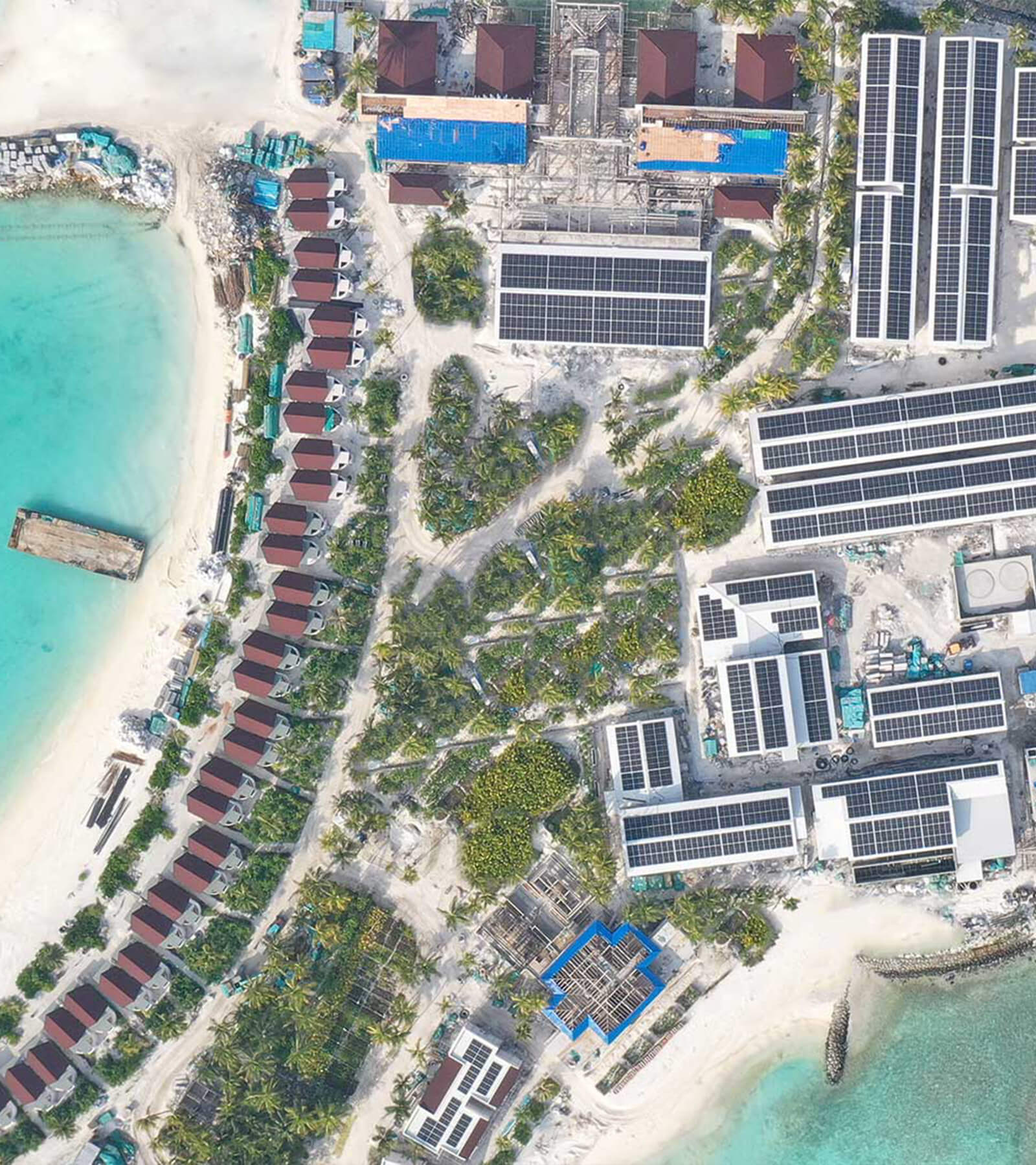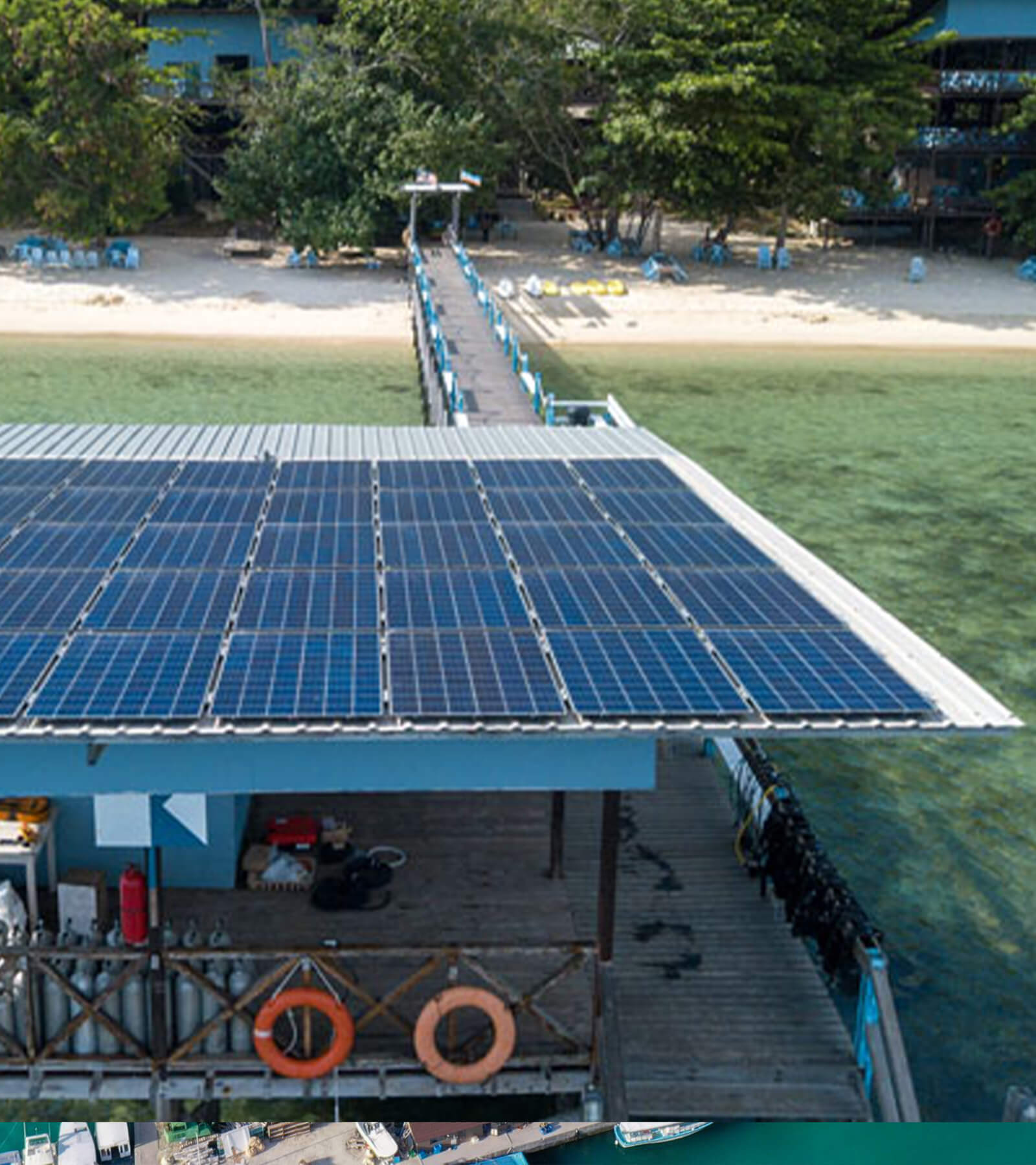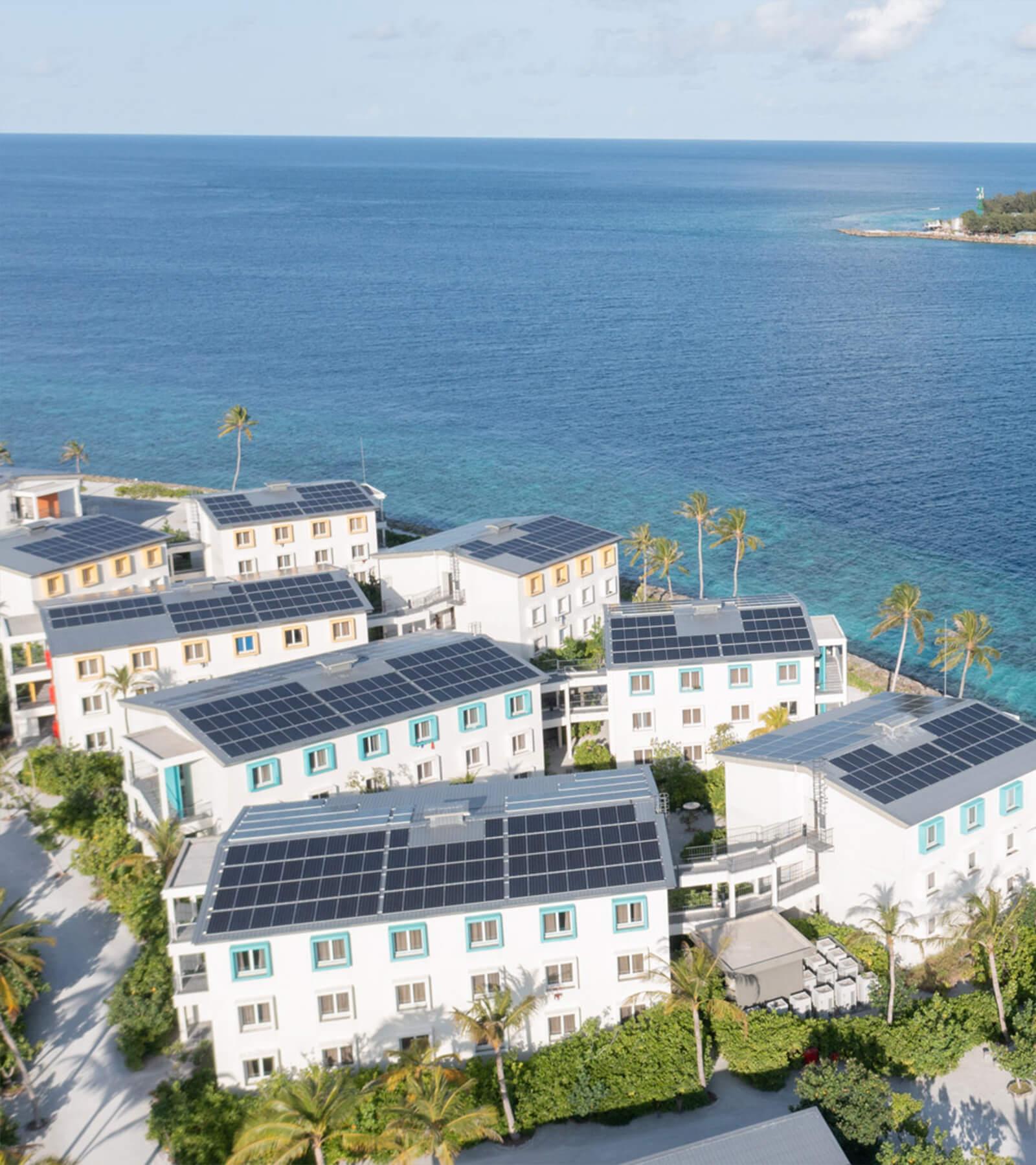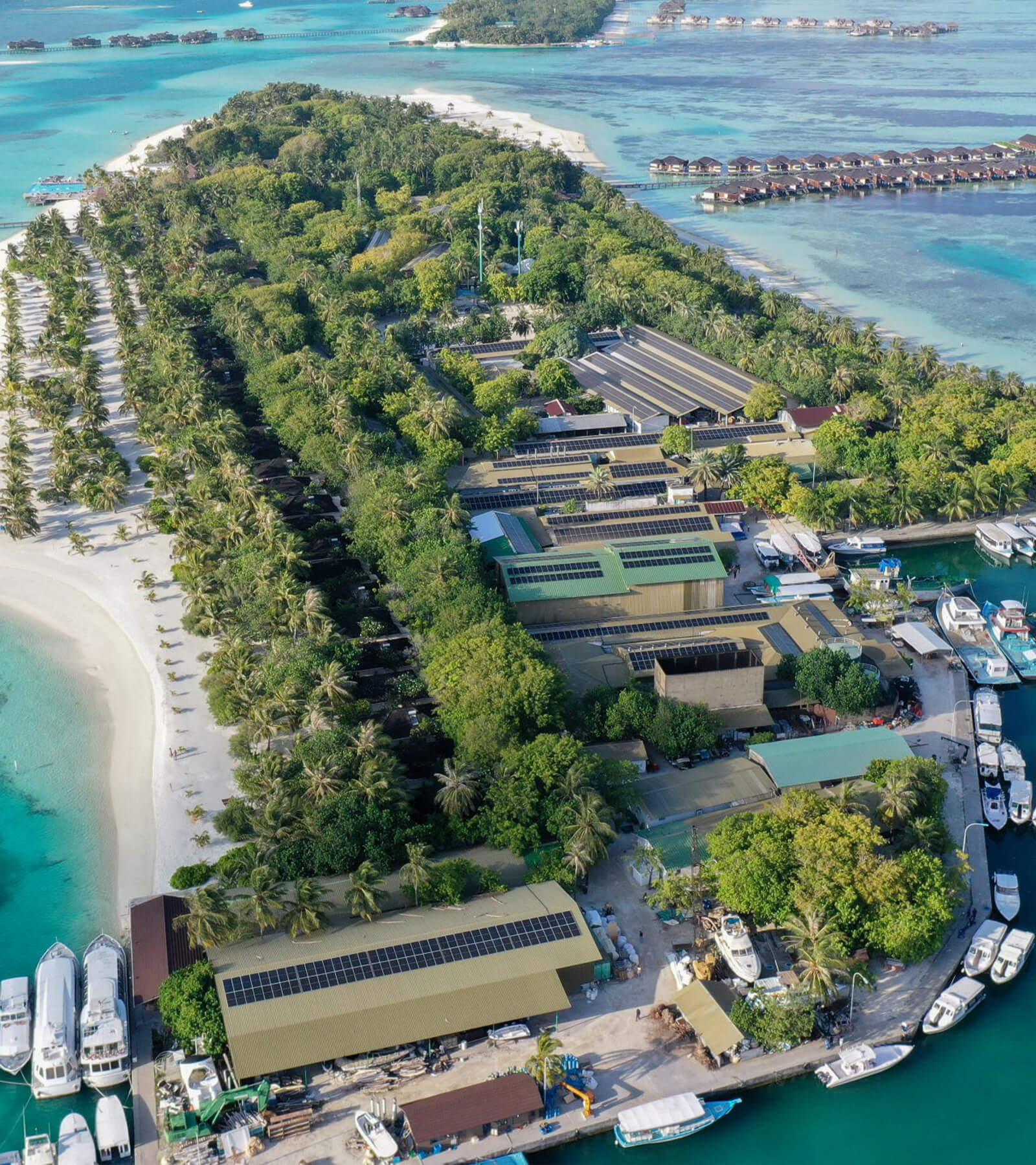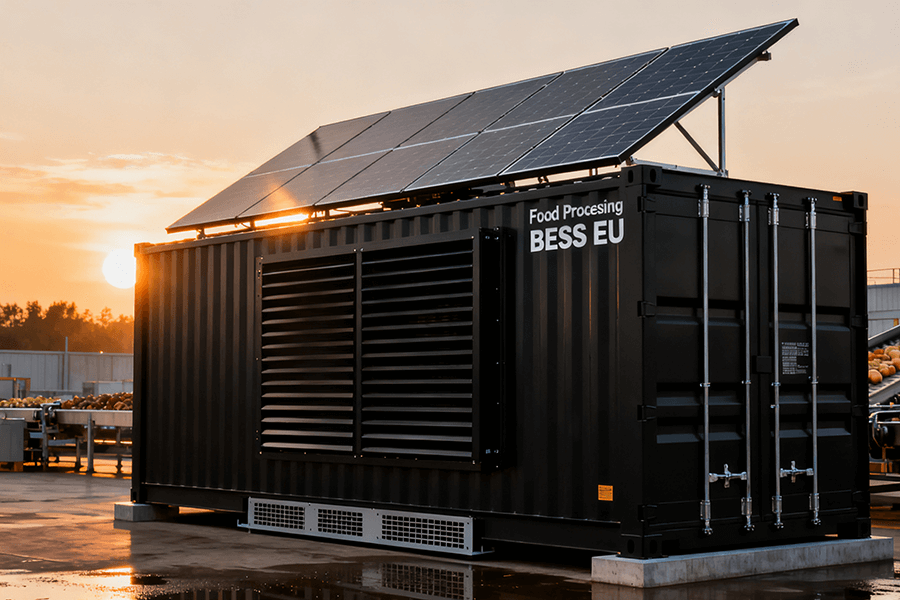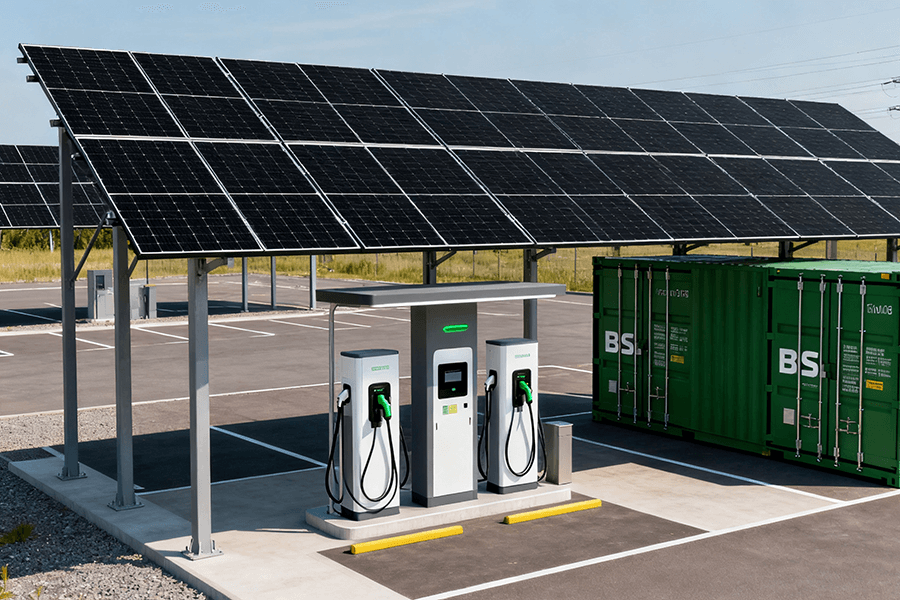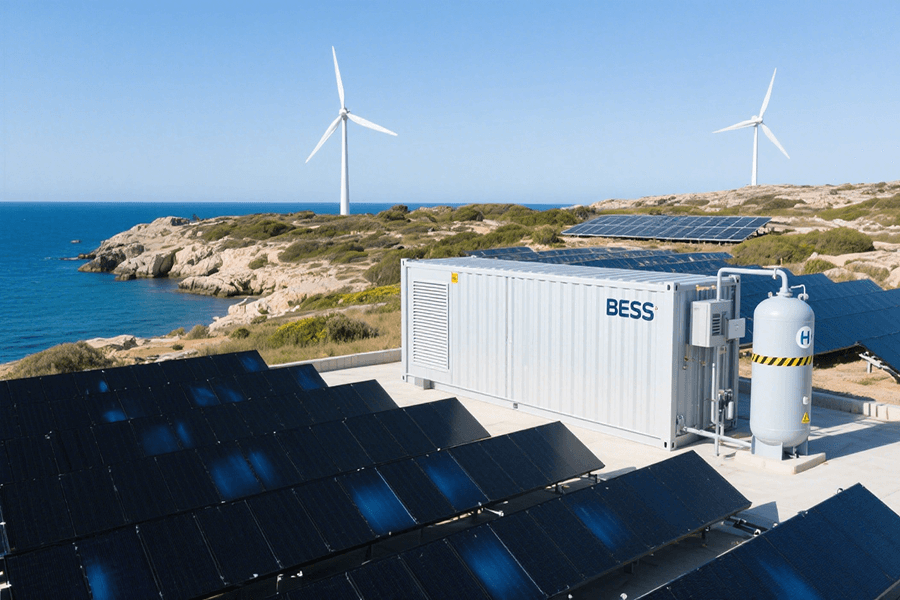
The EU’s Island Energy Revolution
Picture this: On a sun-drenched Greek Cyclades island, the once-constant drone of diesel generators is now a faint memory. Instead, power flows silently from sleek containers and hydrogen tanks, even when storms lash the Aegean. This is the future the EU is bankrolling with its “Clean Energy for EU Islands” initiative—a €100 million push to wean remote communities off fossil fuels.
For too long, islands like Crete (Greece) and Isle of Skye (Scotland) have paid a steep price for isolation:
- Diesel costs up to €0.80 per liter to ship, driving electricity prices to €0.30/kWh—double the EU mainland average.
- This reliance on imported fossil fuels not only inflates energy bills but also subjects islands to price volatility and supply chain risks.
However, a new generation of hybrid energy systems is revolutionizing the status quo. BESS Containers (Battery Energy Storage Systems) paired with hydrogen backup are emerging as the key solution:
- BESS Containers: These modular units store excess energy generated from renewable sources (such as solar and wind), discharging it during peak demand or when renewables are unavailable.
- Hydrogen Backup: When batteries reach their capacity limits, electrolyzers convert renewable electricity into hydrogen, which can be stored indefinitely and used to generate electricity during extended periods of low renewable output.
By 2030, the EU aims to cut island carbon emissions by 80%—and these hybrid systems are the linchpin. Their implementation not only reduces environmental impact but also:
- Enhances Energy Security: Islands become less dependent on imported fuels, protecting against global price fluctuations.
- Drives Economic Growth: The transition creates jobs in renewable energy installation, maintenance, and hydrogen production.
- Improves Quality of Life: Stable, affordable electricity replaces noisy, polluting diesel generators, benefiting both residents and tourism.
How BESS and Hydrogen Team Up to Transform Island Energy
The Perfect Partnership: Short-Term and Long-Term Power
Battery Energy Storage Systems (BESS) and hydrogen technologies don’t merely complement each other—they represent a symbiotic union forged in the realm of clean energy innovation. This synergy addresses the core challenges of renewable energy integration, particularly on remote islands where grid stability and energy resilience are paramount.
- BESS Containers: These versatile units function as the linchpin of short-term energy management, akin to a Swiss Army knife in the energy toolkit. During daylight hours, when solar irradiance peaks and wind turbines operate at high efficiency, BESS containers capture surplus energy. This stored power is then discharged strategically during evening demand spikes—such as when hotels activate air conditioning systems en masse, or households power up appliances after sunset. A 2024 report by the International Renewable Energy Agency (IRENA) underscores the critical role of BESS in grid stability, demonstrating its ability to respond within 100 milliseconds. This rapid reaction time is indispensable for maintaining power supply during sudden drops in renewable generation, such as when clouds obscure sunlight or wind speeds fluctuate.
- Hydrogen Fuel Cells: Serving as the long-term safeguard of the energy system, hydrogen fuel cells provide an essential backup mechanism. In scenarios where adverse weather conditions persist for extended periods—such as the five-day storm that impacted the Azores in 2024—BESS capacity may deplete. At this juncture, hydrogen steps in as a reliable energy source. Each kilogram of hydrogen can generate approximately 33 kWh of electricity, sufficient to sustain a typical household’s energy needs for three days. This extended-duration energy storage capability makes hydrogen fuel cells ideal for bridging multi-day gaps in renewable energy availability.
Together, BESS and hydrogen fuel cells form a formidable solution to the inherent intermittency of renewable energy sources. While BESS excels at managing fluctuations over hours, hydrogen ensures continuous power supply during multi-day disruptions, creating a seamless, resilient energy infrastructure.
Cutting Carbon: A 90% Reduction in Emissions
The environmental benefits of BESS-hydrogen hybrid systems are profound, as evidenced by significant reductions in greenhouse gas emissions. Comparative analysis reveals stark differences between traditional diesel generators and hybrid energy solutions:
| Energy Source | CO₂ Emissions per kWh |
|---|---|
| Diesel Generator | 0.24 kg |
| BESS-Hydrogen Hybrid | 0.024 kg |
| Percentage Reduction | 90% |
For an island community of 5,000 residents consuming 10 GWh of electricity annually, the adoption of a hybrid BESS-hydrogen system translates to an annual reduction of 2,160 tons of CO₂ emissions. This is equivalent to removing 470 cars from the roads each year.
The European Environment Agency (EEA) has identified this hybrid approach as “the fastest path to carbon neutrality for off-grid islands.” Real-world applications validate these findings: in 2023, a pilot BESS-hydrogen project in the Azores successfully avoided 1,200 tons of CO₂ emissions, underscoring the practical effectiveness of this technology in achieving decarbonization goals.
Sizing the System: Finding the Right Fit
The Optimal Combination: 10 MWh BESS + 50 kg/day H₂
Why were these specific capacities chosen? Let’s examine their relevance to a hypothetical island community with 5,000 permanent residents and up to 20,000 peak-season tourists. This case study illustrates how the hybrid system balances energy security, environmental impact, and economic viability.
| Component | Capacity | Real-World Impact | Cost Breakdown (2025 Estimates) |
|---|---|---|---|
| BESS Container | 10 MWh | – Covers 80% of daily demand fluctuations, stabilizing the grid against intermittent renewable sources.- Reduces diesel consumption by 40%, aligning with the Azores’ 2023 success metrics. | €1.2M (includes lithium-iron phosphate batteries, inverters, cooling systems) |
| H₂ Production | 50 kg/day | – Generates sufficient hydrogen to sustain the island for over 3 days during emergencies.- Demonstrated 100% reliability during the 2024 Azores storm, proving resilience against extreme weather. | €850K (electrolyzer, high-pressure storage tanks, fuel cell stack, safety infrastructure) |
*Source: *Portuguese Energy Agency
This configuration represents a carefully calibrated equilibrium: over-sizing the Battery Energy Storage System (BESS) inflates capital expenditure without proportional benefits, while under-sizing the hydrogen component risks power outages during extended renewable energy shortages. By combining these technologies, islands can achieve a 30% reduction in overall energy costs compared to traditional diesel-only systems, according to a 2024 study by the European Renewable Energy Council.
Connecting to the EU Hydrogen Backbone
These hybrid energy systems are integral to a larger European strategy—the EU Hydrogen Backbone. By 2030, this ambitious initiative aims to establish a 40,000 km pipeline network, enabling seamless green hydrogen distribution across the continent. This infrastructure will transform remote islands from energy isolates into interconnected nodes within a sustainable energy ecosystem:
- Crete (Greece): Leveraging its strategic location, Crete could become a regional energy hub. Undersea pipelines will enable the import of surplus hydrogen produced in Spain’s expansive solar farms, supporting both local consumption and potential re-export to neighboring islands.
- Orkney Islands (Scotland): With abundant offshore wind resources, the Orkneys plan to become net hydrogen exporters by 2027. Their surplus hydrogen, generated from renewable sources, will be transported via pipeline to Norway, where it can be integrated into the mainland’s energy grid or used for industrial applications.
These examples highlight how the EU Hydrogen Backbone will not only enhance energy security for remote communities but also stimulate a circular economy, creating jobs and driving innovation in green hydrogen production, storage, and transportation.
Making the Transition: Tips and Opportunities
Technical Tips for Seamless Integration
- Power-to-X Controls: These AI-driven systems decide when to charge BESS, make hydrogen, or sell excess to the grid. IHS Markit data shows they boost efficiency by 15%—critical for keeping costs down.
- Hydrogen Purity: Even 0.1% sulfur in hydrogen can ruin fuel cells. Invest in Air Liquide’s H₂ analyzers—they detect impurities in real time, saving €100K+ in maintenance annually.
- Modularity: Start small (5 MWh BESS + 25 kg/day H₂) and scale. The Isle of Eigg (Scotland) did this in 2022 and cut costs by 30% compared to building a full system upfront.
Securing EU Funding
Money isn’t hard to find if you know where to look:
- Just Transition Fund: €17.5 billion total, with 15% earmarked for islands. The Isle of Orkney scored €5 million in 2024 for its 15 MWh BESS-hydrogen project.
- Connecting Europe Facility: Grants cover up to 60% of infrastructure costs. Cyprus’ 2023 bid for a 20 MWh system got €3.2 million.
Pro tip: Highlight job creation—these projects average 12 local jobs per island (installation, maintenance, hydrogen production).
How Maxbo Solar Fits In (That’s Us!)
At Maxbo Solar, we don’t just sell BESS containers—we build island-specific solutions. Here’s what sets us apart:
- Custom Design: Our 40-foot BESS units (5–20 MWh) are pre-wired to sync with hydrogen fuel cells, cutting installation time by 40%.
- Smart Software: Our in-house power-to-X controls optimize energy flow, proven to reduce hydrogen use by 18% (case study: Brač, Croatia 2023).
- Turnkey Support: We handle everything from EU grant applications to maintenance—so island councils can focus on tourism, not transformers.
In Brač, our 10 MWh BESS + 45 kg/day H₂ system slashed diesel use by 65% in its first year. Now, we’re partnering with 3 more Greek islands to replicate that success.
Ready to retire diesel? Let’s build your island’s clean energy future—together.

